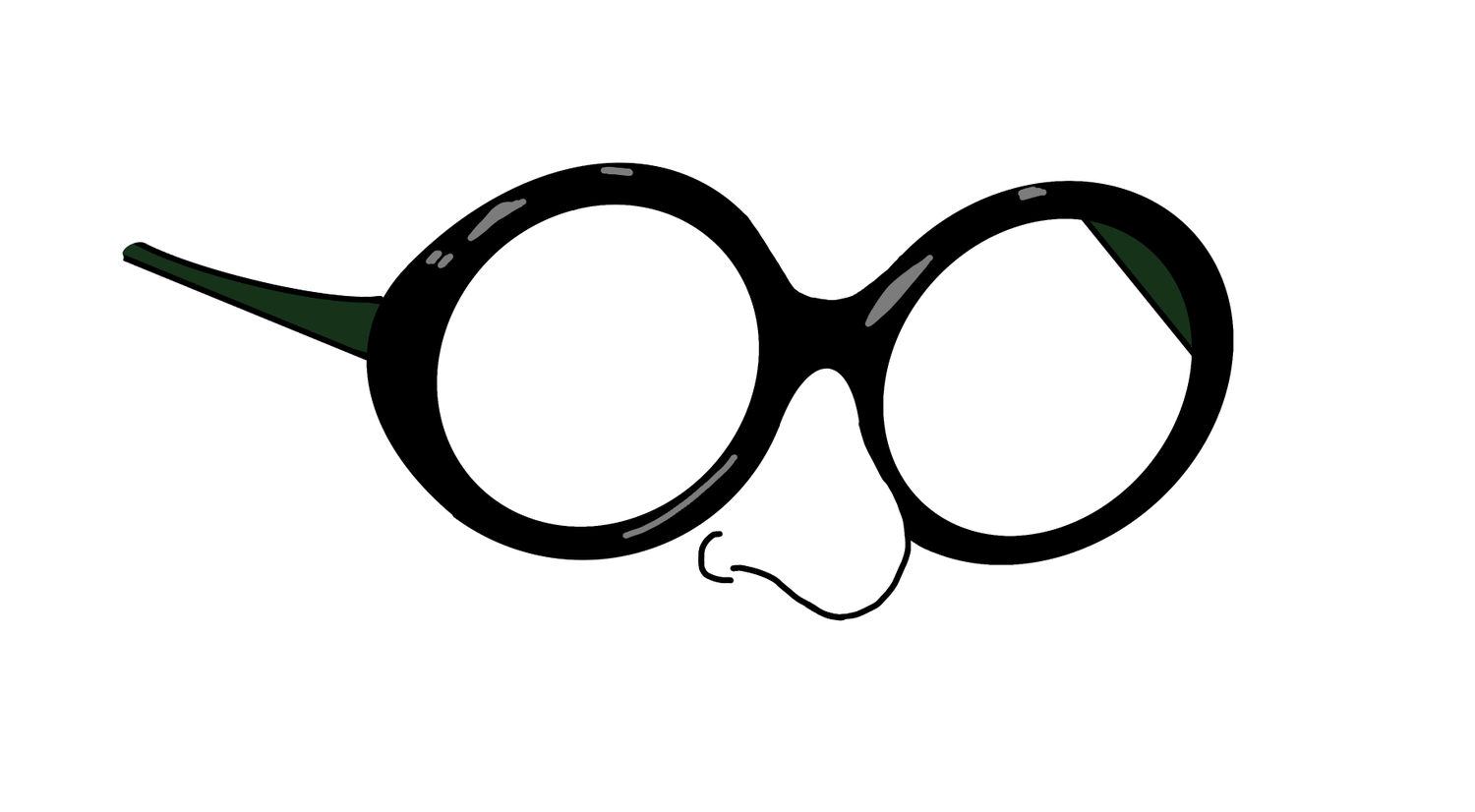
News
Pro-Palestine Encampment Represents First Major Test for Harvard President Alan Garber

News
Israeli PM Benjamin Netanyahu Condemns Antisemitism at U.S. Colleges Amid Encampment at Harvard

News
‘A Joke’: Nikole Hannah-Jones Says Harvard Should Spend More on Legacy of Slavery Initiative

News
Massachusetts ACLU Demands Harvard Reinstate PSC in Letter

News
LIVE UPDATES: Pro-Palestine Protesters Begin Encampment in Harvard Yard
Iris Apfel: The Power in the Idiosyncratic

Iris Apfel, the New York-based fashion trend-setter — renowned for her eclectic, vibrant, and individualistic style along with her iconic round spectacles — passed away on March 1 in her Palm Beach estate at the age of 102.
Apfel rose to stardom as an octogenarian, when in 2005, for the first time in its history, the Metropolitan Museum of Art exhibited an individual’s wardrobe. The then-curator of the Costume Institute, Harold Koda, had visited Apfel in her home and was captivated by her endless collection of idiosyncratic and eccentric pieces. Featuring 82 outfits and over 300 accessories styled and chosen by Apfel herself, the distinctive exhibition, “Rara Avis: Selections from the Iris Apfel Collection,” was born. Her ingenious sense of style and the exhibition’s unprecedented nature brought Apfel and her irreverent fashion to the forefront of the industry. With numerous subsequent interviews, movies, and collaborations, the entire world turned its attention towards the woman in round spectacles and her maximalist style.
Apfel’s extraordinarily eye-catching aesthetic is immensely difficult to encapsulate in words — but perhaps that was exactly her intention. Whimsical, flamboyant, and dramatic, her outfits are masterful combinations of varied and disjunctive textures, colors, and accessories that coalesce into harmonious works of art. From colorful feather boas to chunky necklaces, Apfel was unafraid to adorn every outfit with layers upon layers of accessories from her extensive collection — one that she meticulously curated over the years.
Apel’s approach to fashion revolutionized the industry and challenged prevailing perceptions of high fashion. She stood in direct contrast to haute couture designers with her amalgamation of styles and cultures. In the ’80s and ’90s, designers favored minimalist silhouettes and palettes for a timeless, elegant look. The aesthetic quickly gained popularity. Apfel’s aesthetic, on the other hand, couldn’t be more different. Her ensembles are unapologetically loud and eye-catching. Apfel was never afraid to stand out or be unconventional, and she never deviated from her bright palette and intricate silhouettes in order to conform to the popular trends of the time.
Apfel’s style challenged the industry’s default idea of what was fashionable. She sourced her collection from various vendors, including flea markets and high fashion houses, driven purely by her artistic instincts. Donning furs, patterns, and unique jewelry from around the world, she combined them seamlessly into her outfits, declaring them undeniably fashionable. By incorporating so many unconventionally sourced pieces in her collection, Apfel unearthed neglected styles and expanded the fashion industry’s perspective on what defined proper fashion. She proved that anything, from anywhere, can be fashionable.
As The New York Times art critic Roberta Smith once described, “Before multiculturalism was a word, Mrs. Apfel was wearing it.”
Today, Apfel’s refusal to conform to the monolithic, monocultural fashion trends of her time sends a powerful message. With social media and ever-evolving technology permeating daily life, the trends and standards of the past easily become deceptively influential. The ease and rapidity with which arbitrary trends overwhelm social media has grown exponentially over the past decades, and the stability and confidence that Apfel exhibited in her own personal style provides a grounding, comforting presence. Countless trends have dominated the fashion world, but Apfel’s influence has remained steadfast in its eccentricity and vibrancy. Apfel’s willful, unwavering style is not only a testament against transitory trends, but also her certainty in herself.
“When you don’t dress like everybody else, you don’t have to think like everybody else,” Apfel told The New York Times reporter Ruth La Ferla in 2011 — a powerful statement that demonstrated the power of fashion and her breach from pervasive societal pressures.
Beyond her impact on American fashion, Apfel redefined aging in the industry. Being the oldest woman to have ever developed a makeup collection and participated in a beauty campaign at age 90, Apfel challenged stereotypical beauty standards and proposed that aging is not only normal, but also a beautiful part of life. She commented on aging on multiple occasions, stating that she “never [thinks] about [her] age” and that “there’s nothing wrong with wrinkles.” Apfel’s confident embrace of her age offered a tremendous message to an overlooked community within the beauty and fashion industry. Age — to Apfel — is not an insurmountable obstacle, but a natural experience and, quite simply, “just a number.”
Ultimately, Apfel’s confidence in herself and her unwillingness to conform to popular trends were vastly inspirational to millions of people around the world, and many venerated her as their role model. She commented that many people have confessed that they “feel so liberated” after meeting her. Even Barbies were made in her honor, and Mattel wrote in a statement that Apfel’s “style, vision, entrepreneurial spirit and independence” makes her the “quintessential role model.” Apfel was a strong, independent icon unshaken by pervasive, arbitrary ideals. Neither societal constraints nor age could hinder her. Iris Apfel, by simply being authentic and steadfast in her captivating eccentricity and brilliant style, revolutionized the fashion world.
Want to keep up with breaking news? Subscribe to our email newsletter.
